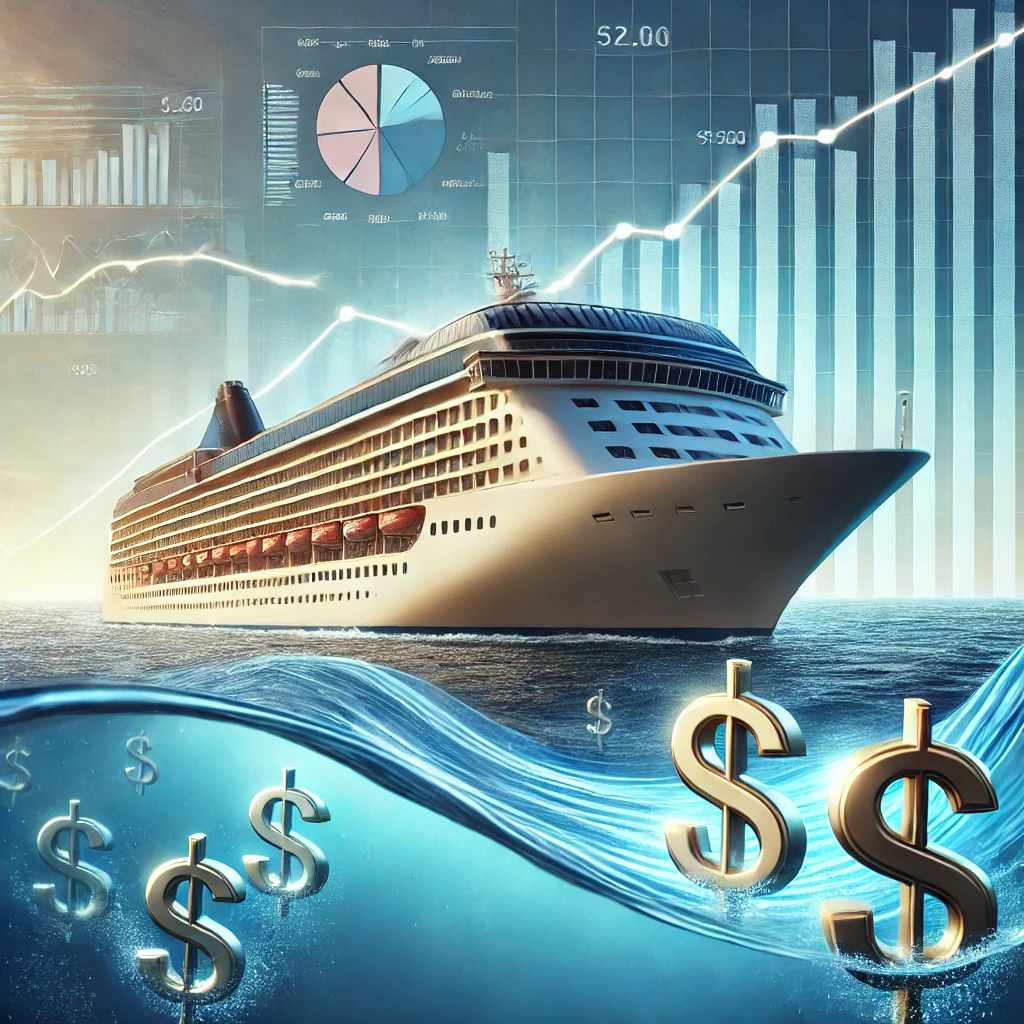Published: March 20, 2025
 Author: Global World Citizen Business Desk
Author: Global World Citizen Business Desk
 Source: GlobalWorldCitizen.com
Source: GlobalWorldCitizen.com
In a world where consumer spending habits are shifting and economic uncertainty looms, the cruise industry is quietly making a robust comeback—proving that sometimes, investors jump ship too soon.
When Royal Caribbean introduced the Independence of the Seas in 2008—more than triple the size of the Titanic—the timing seemed risky. The global financial crisis was unraveling, flights were half-full, and unemployment was rising. Yet despite the turmoil, the cruising sector didn’t sink. Passenger numbers climbed that year and the next. While cruise line stocks tumbled by up to 85%, and heavy discounts were needed to fill cabins, only one of the top three cruise operators posted a loss in 2008, and all returned to profitability in 2009.
Fast-forward to 2025, and the industry is in surprisingly strong financial shape.
Carnival Corporation, Royal Caribbean Group, and Norwegian Cruise Line—the “big three” of cruising—collectively generated over $4 billion in free cash flow in 2024, more than four times their last pre-pandemic total. By several metrics, cruise lines have never looked better.
Yet, investor sentiment hasn’t quite caught up. As of Q1 2025, shares of these cruise giants are down by about 15%—even as the industry wraps up Wave Season, the peak period for cruise bookings, on a high note.
 From Pandemic Pain to Financial Gain
From Pandemic Pain to Financial Gain
The COVID-19 pandemic was an unprecedented blow, forcing entire fleets to idle for months. Cruise companies scrambled to survive, issuing billions in debt and equity. Even now, two of the three top operators are still burdened by that financial baggage, and their share prices remain more than 50% below pre-pandemic highs.
Royal Caribbean, however, emerged as the strongest player. Not only did it weather the storm, but it also launched the world’s largest cruise ships, eclipsing even its own Independence of the Seas. These vessels have proven wildly popular, and the company’s financial resilience was rewarded with a credit upgrade to investment-grade status—setting it apart from its peers.
 Why the Cruise Industry Still Floats Strong
Why the Cruise Industry Still Floats Strong
So why the disconnect between strong performance and sagging investor confidence?
Analysts point to concerns about consumer spending and the potential for economic slowdowns. However, many are missing key changes in cruise economics that now make these floating resorts more efficient and profitable than ever before.



Even Norwegian Cruise Line, the smallest and most financially challenged of the trio, trades at a 37% discount compared to its historical valuation multiples. Carnival, which has made significant strides in restructuring, trades at a 16% discount.
 Smooth Sailing Ahead?
Smooth Sailing Ahead?
Despite macroeconomic concerns, the fundamentals of the cruise industry are strong. Consumer demand remains robust, ships are sailing at high occupancy, and pricing power has returned. With leaner fleets, improved pre-booking models, and stronger cash flow, the cruise business appears well-positioned to navigate even moderate economic headwinds.
In short, cruise lines may have weathered the worst storms—and investors who abandoned ship too soon may soon regret it.

